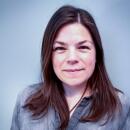California was warned about climate change 30 years ago. Now it’s feeling the effects
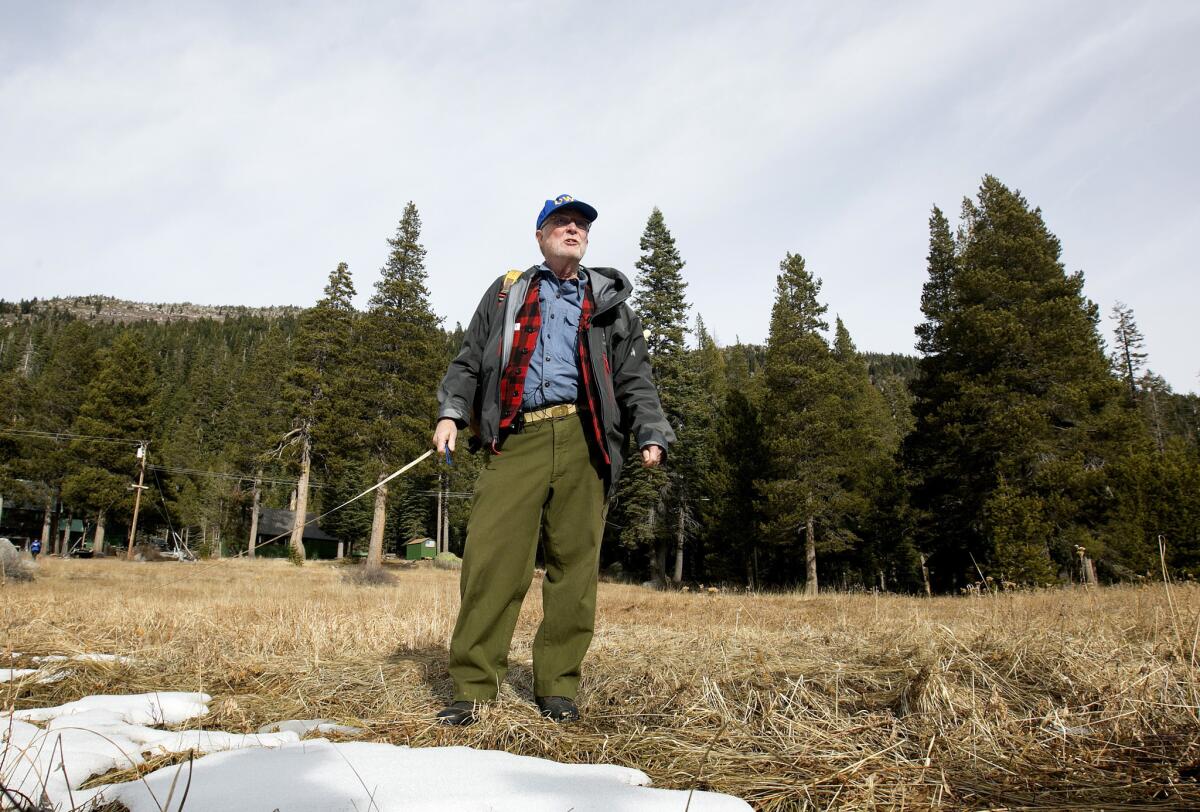
Back in 1989, Californians received a sobering warning: The accumulation of heat-trapping gases in the atmosphere would likely bring more droughts, floods, fires, and heat waves to the state.
In the thirty years since, those projections of what would happen in a warming world have proven to be remarkably prescient.
“We’ve already observed some of the things we expected in 1989,” said Susan Fischer Wilhelm, a research manager at the California Energy Commission, the agency that compiled the report.
The assessment laid the groundwork for what has arguably become the country’s most ambitious effort to address global warming.
But to many who worked on the report, looking back on it now only underscores how long we’ve waited to act — and how much time has been wasted.
“I felt a sense of pride of being able to participate in something like this, but also a sense of regret for us as a society,” said Les Baxter, who worked on the report as a policy analyst at the CEC and is now vice president of program strategy for the Pew Charitable Trusts.
“We’ve known what we need to do and we just keep refusing to do it.”
The report might have remained lost to history if Gary Estes hadn’t been going through boxes in his garage last year and stumbled upon a copy.
For decades, Estes has organized the annual California Extreme Precipitation Symposium. And he decided to use this year’s meeting as an opportunity to look back at the 185-page report.
“I thought it would be an appropriate thing to do 30 years later,” said Estes, a citizen activist and self-described “energy nut.”
The symposium, held this week at UC Davis, brought together university and government scientists to discuss report’s findings.
Its state-specific projections were drawn from scientific studies and assessments by the U.S. Environmental Protection Agency that were released in the late 1980s, as well as from detailed analyses conducted by state agencies.
“I was impressed with the level of rigor that they were able to bring,” said Wilhelm, who gave a presentation at the symposium outlining what we knew then and what we know now.
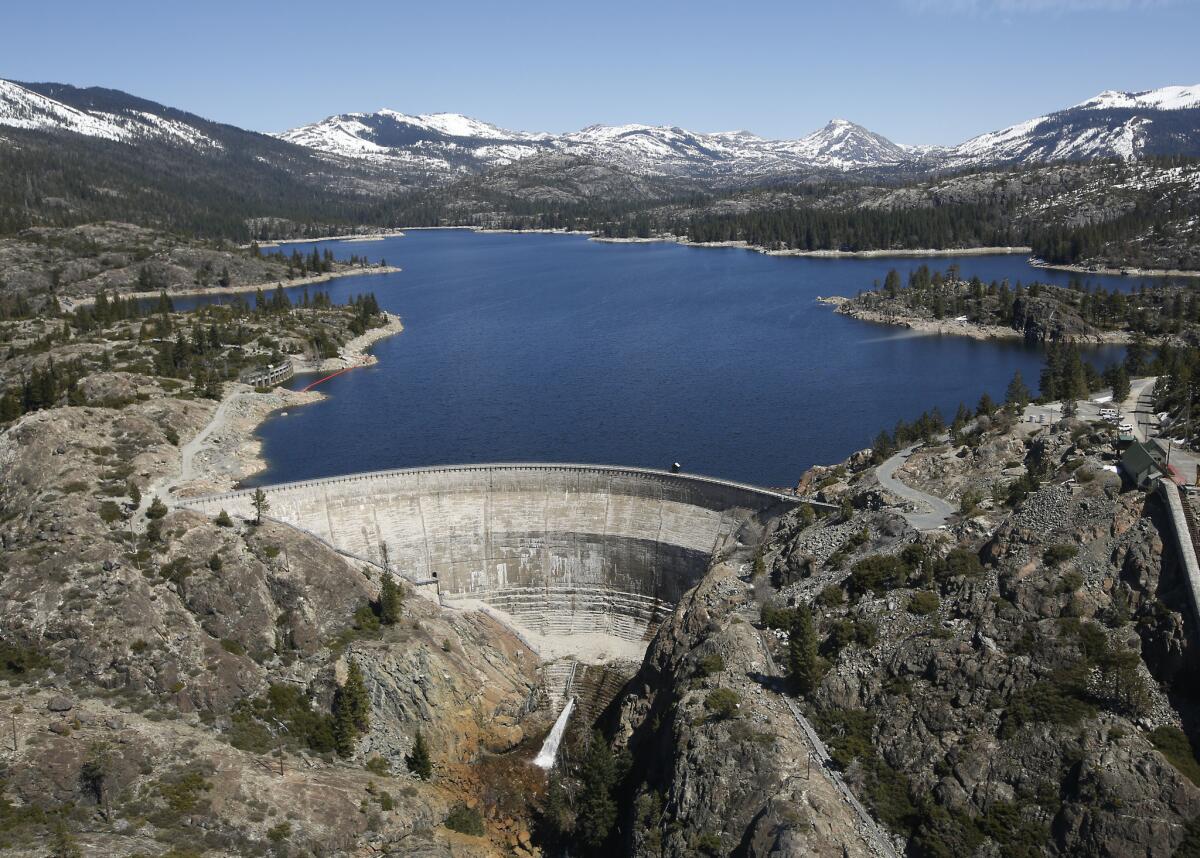
The report explained that doubling the concentration of carbon dioxide in the atmosphere would raise temperatures in California by roughly 3 degrees Celsius — which will happen by mid-century if emissions continue to rise, according to the most recent California Climate Change Assessment.
Then, as now, climate models showed no clear change in the state’s average annual precipitation. But the authors noted that 3 degrees of warming would reduce the area of mountain snow cover by half. And it would increase the frequency and severity of winter floods, as more water fell as rain instead of snow. (Both changes have already started to occur, Wilhelm said.)
In contrast, spring runoff would drop by a third. (They’ve already fallen over the last century, Wilhelm said.)
The authors added that, although there was still debate among scientists at the time, climate change could also bring more variable weather.
The report outlined the ways in which changes in the seasonal pattern of precipitation would pose problems for the state’s reservoirs, which would have to release water during the rainy season to avoid overflowing. (That’s exactly what happened in the the 2017 Oroville Dam crisis.)
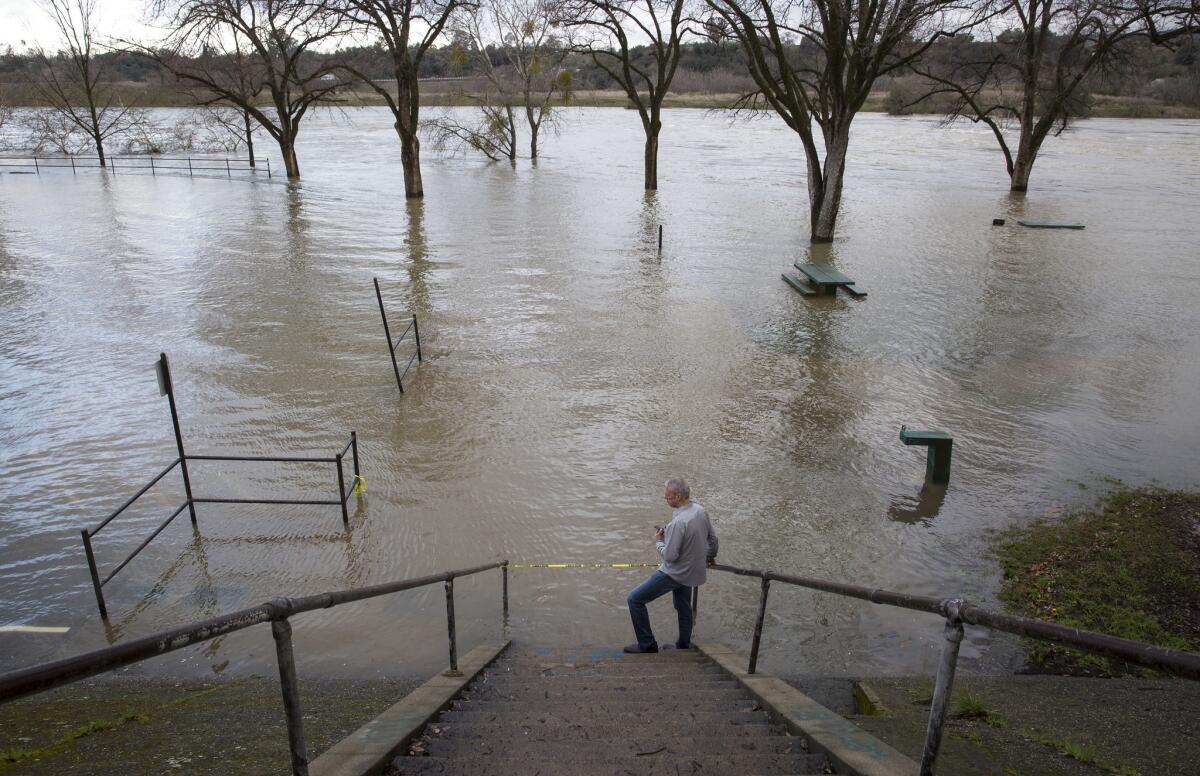
In the summer, water shortages would impact ecosystems, farmers and hydropower production, the authors wrote. Heat and drought would stress forests, which would likely “experience lower growth and higher susceptibility to fires, insects, and disease.” (This, too, has come to pass.)
The report also warned that climate change would raise sea level, increase electricity demand, worsen air quality, increase heat-related deaths and be a drain on the state’s economy.
“It strikes me that we were right on,” said Kari Smith, now a division manager at the San Jose Clean Energy department who helped oversee the report when she worked at the CEC. “I don’t think there was anything that we said that is radically off-base.”
If anything, she said, the report underestimated the degree to which climate impacts are interrelated. For instance, in 1989, few foresaw that wildfire risk would cause utilities to consider cutting power to thousands of residents, jeopardizing the reliability of electricity.
The report came about after the legislature asked the CEC to assess “the effect of global warming trends on California’s energy, economy, environment, agriculture, and water.”
Soon after, the CEC released the state’s first inventory of greenhouse gas emissions in 1990 and a set of climate policy recommendations in 1991.
AB 4420, the 1988 bill that mandated the reports, was introduced by Byron Sher, a Stanford law professor and state politician best known for authoring California’s clean air and safe drinking water acts.
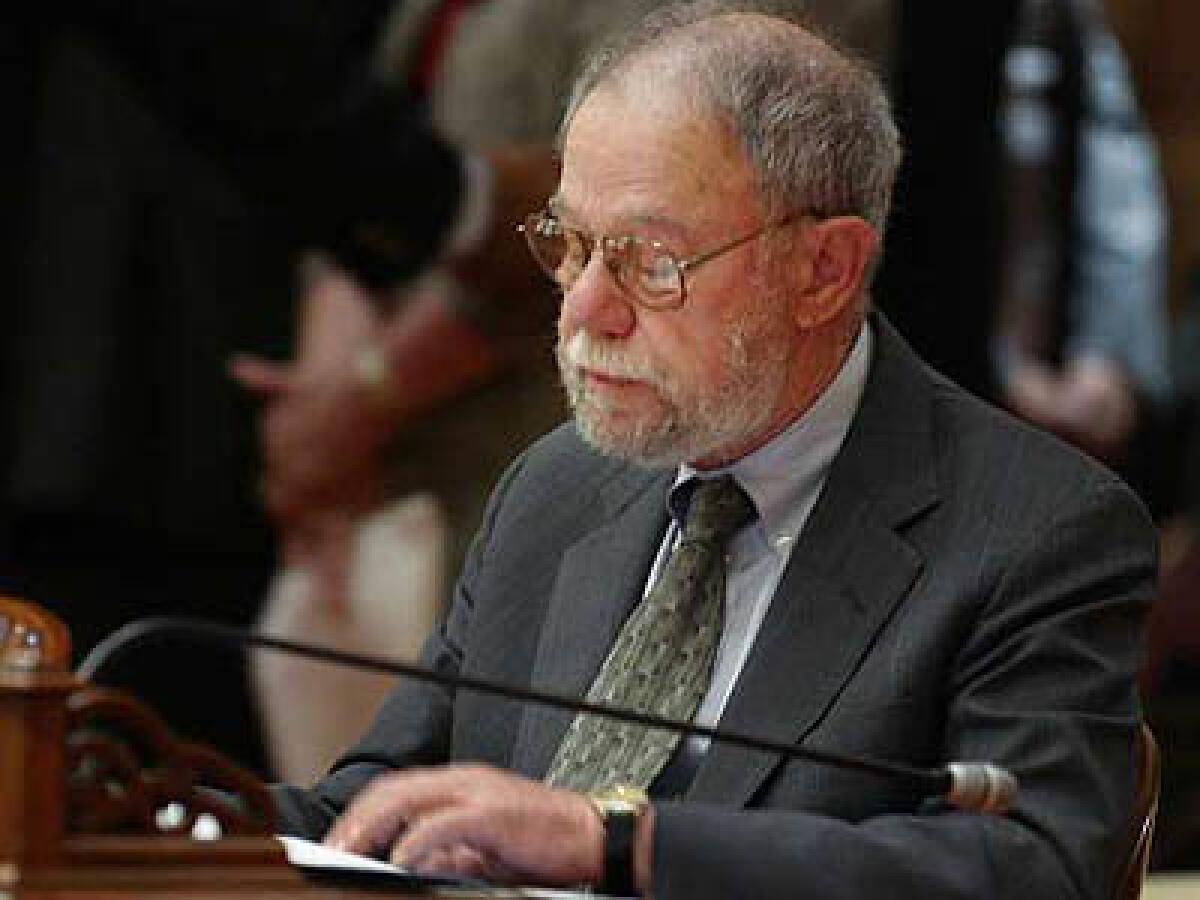
Global warming had just begun to seep into the public consciousness. Alarmed by signs of environmental change and the results of early climate models, scientists were going public with their concerns about what many then called the “greenhouse effect.”
Sher immediately saw the threat to California.
“The heat is on,” he told the Sacramento Bee in 1989. “The state can either ignore what science is telling us or we can respond to this challenge in a responsible way.”
Sher’s bill was part of a flurry of bipartisan political activity on climate change across the country. In his 1988 presidential campaign, George H.W. Bush vowed to combat the greenhouse effect with “the White House effect.”
In Congress, Democrats and Republicans introduced more than a dozen bills to curb atmospheric pollution. Several called for reducing greenhouse gas emissions to 20% below 1988 levels by the year 2000. (Around the same time, the world agreed to phase out ozone-destroying substances under an agreement that President Reagan helped negotiate.)
By comparison, AB 4420 was relatively modest, said Kip Lipper, who was Sher’s chief of staff and helped draft the bill.
But AB 4420 had the distinction of actually passing. (The assembly voted 58 to 13 in favor of the bill; the senate voted 38-0.
“It’s the first law enacted anywhere in the United States that used the term ‘global warming,’” said Lipper, who still serves as the chief policy advisor for energy and environment to the president pro tem of the state senate.
Lipper said the report didn’t make a big splash. But it did provide a basis for everything that came later, including the state’s renewable energy portfolio standard and its cap-and-trade program.
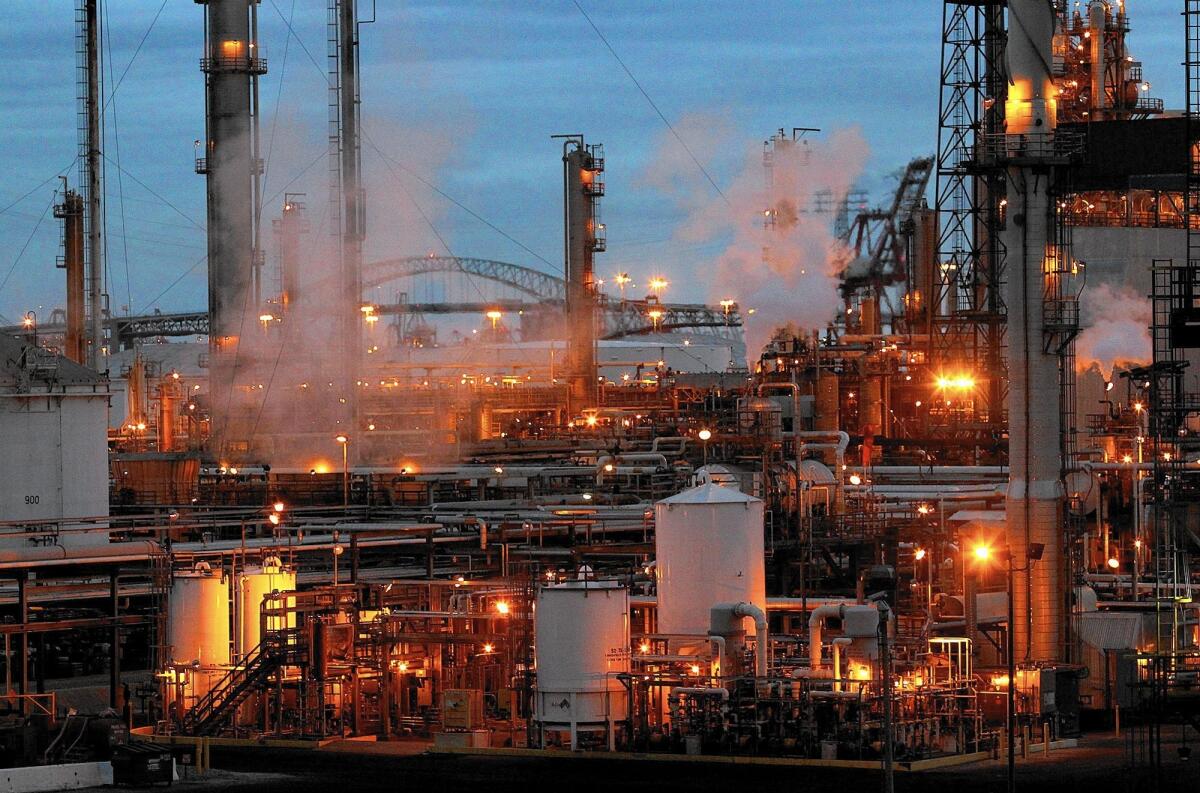
“We tried to seed the ground, if you will, by saying, ‘Let’s just get a report. Let’s have this task force look at this,” he said.
It would be 12 years before the next piece of climate legislation passed. And AB 32 — which set the state’s first emissions reduction target — didn’t become law until 2006.
The reasons for the slow response are familiar: the daunting scope of climate change, the challenges of transitioning away from fossil fuels, and tenacious opposition by industry.
But many say there was also uncertainty about the reality of climate change in the 1980s.
While the report found that global warming posed a significant risk to California, it also acknowledged that the matter wasn’t entirely settled. In fact, the authors devoted six pages to “Challenges to the Global Warming Concept.”
Baxter felt that the theory was solid, but that there wasn’t enough evidence that it was happening yet.
“I remember thinking to myself, ‘Well, we’ll know enough in 20 or 25 years,’” he said.
Such reservations made it hard for politicians to push for action, even if they cared deeply about global warming, Smith said. “It was difficult to lead with climate change for a long time because it was considered maybe a little radical.”
Instead, leaders looked for ways to get at climate mitigation by focusing on other objectives, like improving air quality and energy efficiency.
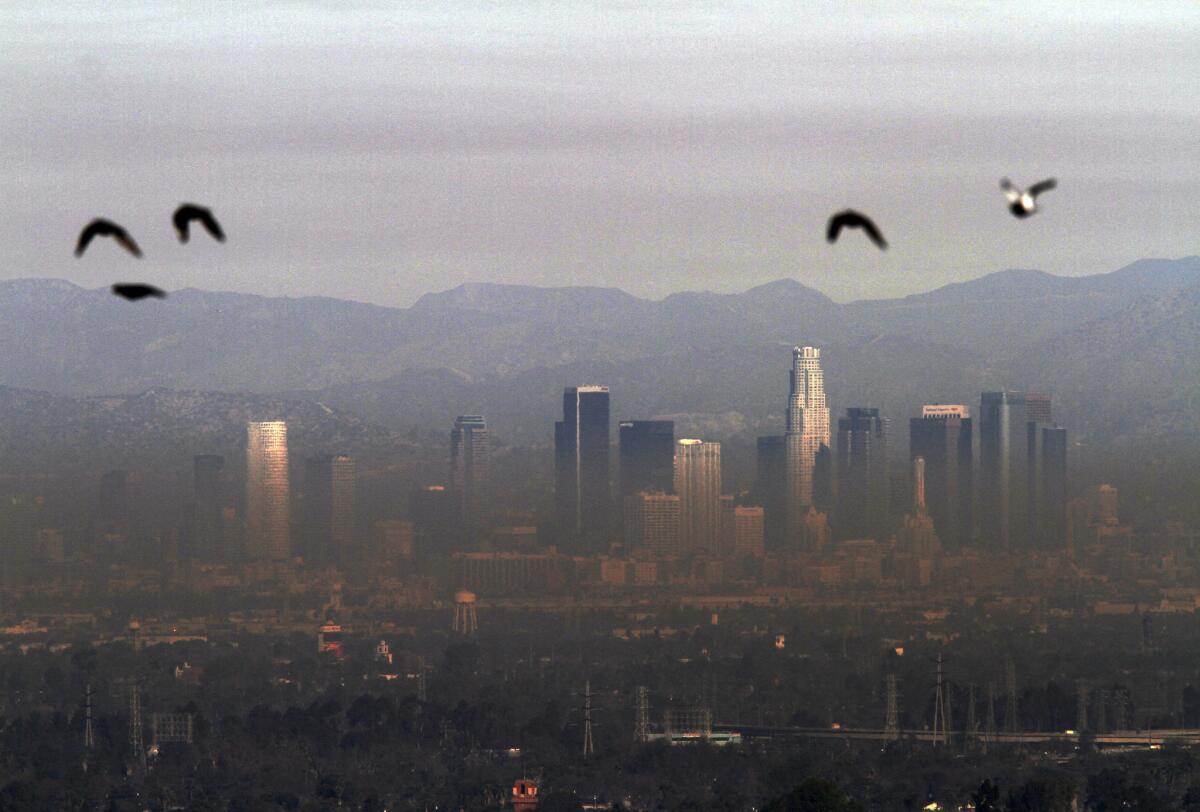
That was a start, but not enough to tackle the problem, she said.
Today, scientists have no doubts about climate change and Californians see the impacts all around them.
“We now have observed data — not projections, nothing speculative — to show climate-related trends that are already affecting the state in ways that were anticipated 30 years ago,” Wilhelm said.
Indeed, if the report’s authors erred in any way, it was that they didn’t anticipate just how fast these changes would occur.
“They thought that we had at least 100 years before it became existential,” Smith said.
“Now, 30 years later, we’re recognizing that it all happened a lot more quickly than we anticipated.”



